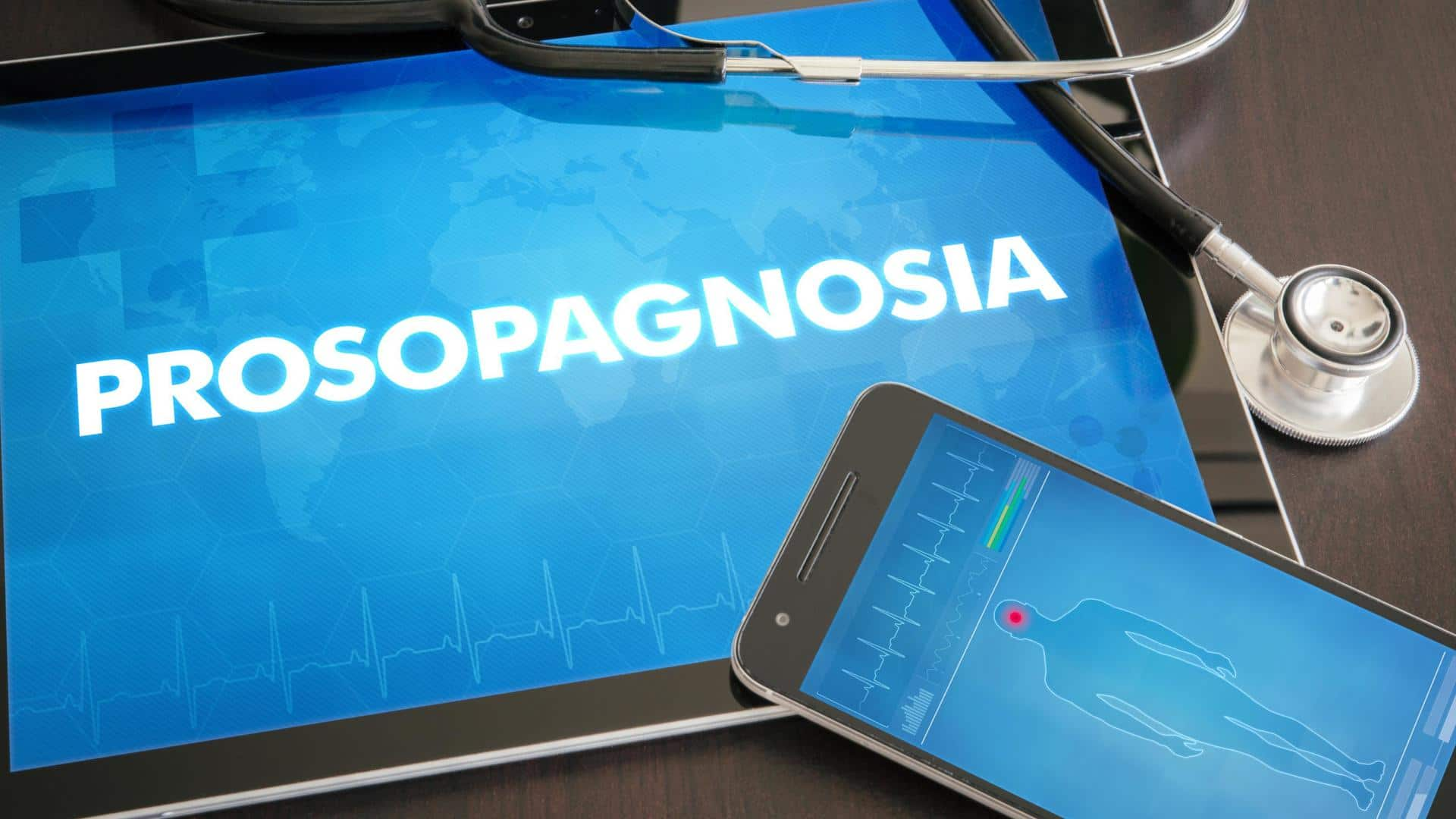
The mystery of face blindness: Decoding prosopagnosia
What's the story
Recent research found that prolonged COVID-19 symptoms may be linked to issues with facial recognition, a rare condition known as prosopagnosia (or, face blindness), and navigational problems. The term has been trending since the release of the study. Read on as we discuss this little-known condition, what causes it, and who it affects.
Definition
What is prosopagnosia?
Prosopagnosia is a neurological condition in which the patient struggles to identify familiar faces, including those of friends, family members, acquaintances, and sometimes even of themselves. Prosopagnosia patients may also face difficulties recognizing other familiar objects, such as vehicles or animals.
Causes
What are the causes of prosopagnosia?
Prosopagnosia can result from a traumatic brain injury or damage to the brain caused by a stroke. Certain neurological disorders, such as Alzheimer's disease or Parkinson's disease, may also cause prosopagnosia. Some studies have suggested that prosopagnosia may have a genetic component, meaning it may run in families. It can also result from other factors such as brain tumors, infections, or exposure to toxins.
Who is at risk
Who does it affect?
Prosopagnosia can affect anyone, regardless of age, gender, or ethnicity. It is estimated that around 2% of the general population may have some degree of prosopagnosia. However, some studies have suggested that the true prevalence of the disorder may be higher due to underdiagnosis or misdiagnosis. Prosopagnosia can be congenital, meaning it is present from birth, or acquired, meaning it develops later in life.
Signs
What are the symptoms of this disorder?
The most noticeable sign of prosopagnosia is trouble recognizing faces. However, depending on the intensity and underlying cause of the ailment, symptoms of the disorder might differ from person to person. Prosopagnosia can also make it difficult to navigate and recognize familiar surroundings, such as landmarks, buildings, and streets. Some people with this condition may also face difficulty interpreting facial expressions.
Types
Types of prosopagnosia
Prosopagnosia can be divided into two main types: acquired prosopagnosia and congenital prosopagnosia. Congenital prosopagnosia is a condition that exists from birth and is frequently inherited, whereas acquired prosopagnosia develops as a result of brain damage or injury. While the underlying causes of the two types of prosopagnosia may differ, they share similar symptoms, including difficulty recognizing faces.
Treatment
Is there any treatment available?
Currently, there is no known cure for prosopagnosia. However, there are some treatments and strategies that can help individuals manage their symptoms and improve their ability to recognize faces. These include using other visual cues, such as hair, clothing, and voice, to help recognize people, as well as using memory aids and avoiding situations where face recognition is crucial.